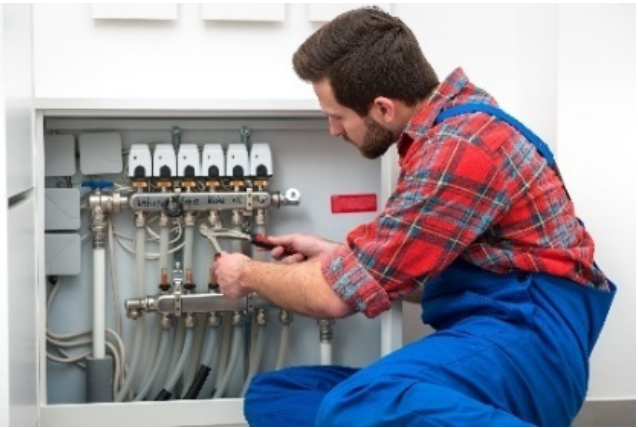 If a premises has any form of mains water supply, then the water fittings regulations in England, Wales and Northern Ireland, byelaws in Scotland, apply.
If a premises has any form of mains water supply, then the water fittings regulations in England, Wales and Northern Ireland, byelaws in Scotland, apply.
These legal requirements play an important role in protecting public health and safeguarding water supplies. Their purpose includes preventing the contamination and waste of water supplied by a water undertaker once it has entered a customer’s plumbing system.
In addition to the restrictions on installation set out in regulation/byelaw 3 and requirements for water fittings specified in regulation/byelaw 4, schedule 2 includes a number of installation requirements, several of which are applicable when installing pipework.
Regulation 5 England & Wales
Regulation 5 Northern Ireland
Byelaw 5 Scotland
Schedule 2 paragraph 2
Schedule 2 paragraph 3
Schedule 2 paragraph 4
Schedule 2 paragraph 5
Schedule 2 paragraph 6
Schedule 2 paragraph 7
Schedule 2 paragraph 8
Schedule 2 paragraph 9
Schedule 2 paragraph 10
Schedule 2 paragraph 11
Schedule 2 paragraph 12
Schedule 2 paragraph 13
Schedule 2 paragraph 14
Schedule 2 paragraph 15
Schedule 2 paragraph 20
Schedule 2 paragraph 24
Schedule 2 paragraph 27
Schedule 2 paragraph 30
Schedule 2 paragraph 31
Regulation 5 England & Wales
Regulation 5 Northern Ireland
Byelaw 5 Scotland
Schedule 2 paragraph 2
Schedule 2 paragraph 3
Schedule 2 paragraph 4
Schedule 2 paragraph 7
Schedule 2 paragraph 8
Schedule 2 paragraph 9
Schedule 2 paragraph 11
Schedule 2 paragraph 12
Schedule 2 paragraph 13
Schedule 2 paragraph 14
Schedule 2 paragraph 15
Schedule 2 paragraph 20
Schedule 2 paragraph 27
We use cookies to give you the best possible experience with Water Regs UK. Some are essential to provide website functions and ensure the website is secure. We also use cookies to help us understand how people use the site and to make improvements. Click "Accept All" to enable recommended settings or click "Manage cookies" to adjust your settings. For more details, see our Cookie Policy.